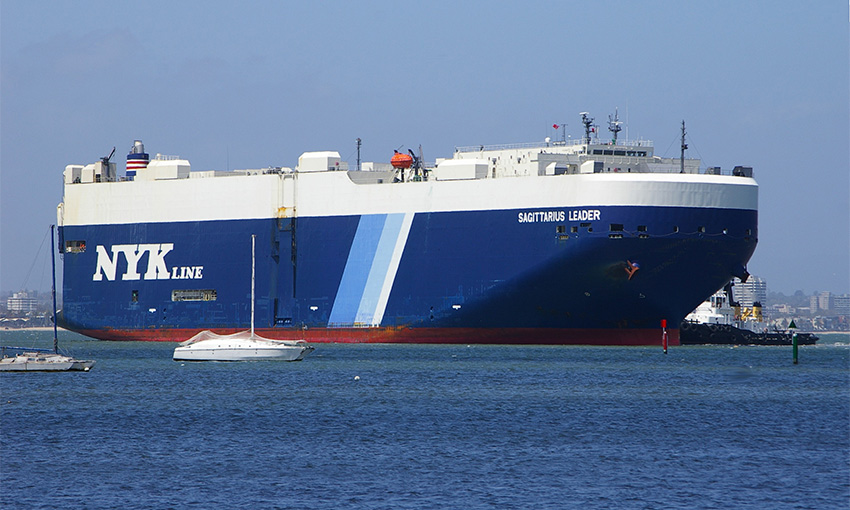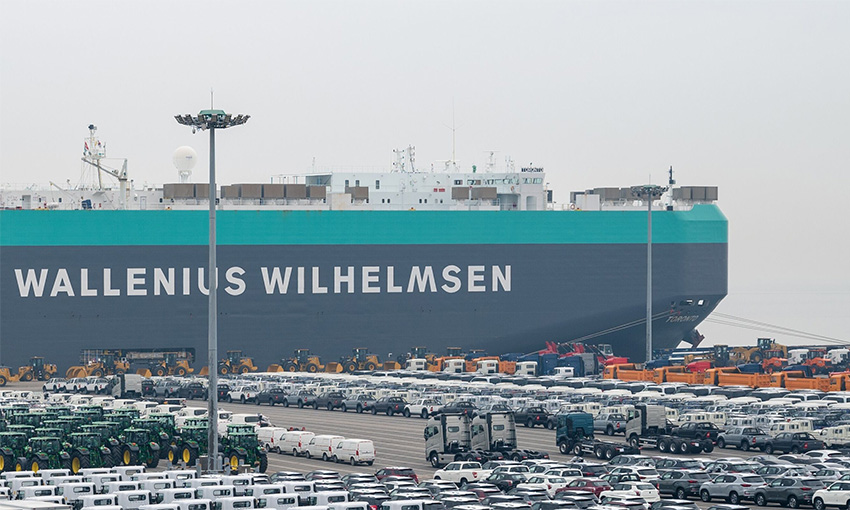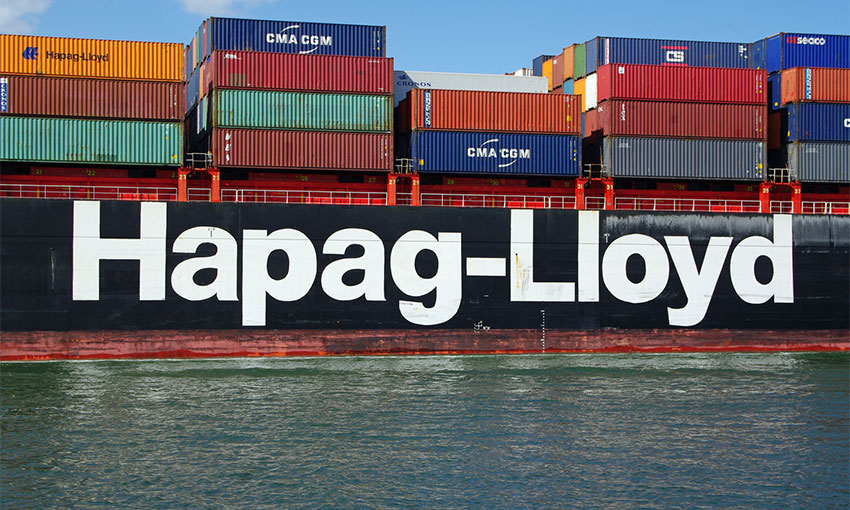ANL, in collaboration with the University of Tasmania, has launched the K-Help Initiative, which aims to restore the giant kelp forests of south-east Tasmania.
Seaweed is an integral part of the ocean’s ecosystem. It absorbs significant amounts of carbon dioxide, nitrogen and phosphorous, which helps to keep the water clean.
It is also an essential structure in marine habitats and provides upwards of 50% of the oxygen we consume. Giant kelp is not only the largest species of seaweed, but the largest of all the marine algae. The species of giant kelp this project is focused on is also one of the fastest growing in the world and has been known to grow upwards of 50 centimetres in one day under perfect conditions.
As a result of climate change the giant kelp forests in the near Antarctic waters of Tasmania have almost completely vanished, causing detrimental damage to the area’s marine biodiversity.
To combat the impacts of climate change, experts in the field have been researching strains of giant kelp that would be selectively reintroduced to re-establish these forests and the ecosystems they support.
Partnering with UTAS, ANL has supported two underwater kelp patches at Fortescue Bay, Tasmania which have the capacity to help the planted giant kelp grow as much as 12 metres in 12 months.
ANL managing director Shane Walden said the effects of climate change on marine biodiversity are being felt around the world, not just in Australia.
“It’s important we understand not only the impact rising temperatures are having on the ocean, but where and how we can help to combat this,” he said.
“We’re looking forward to working with UTAS and further developing this partnership as the work they are doing is crucial in supporting the health of our south-east coastline.”
UTAS Professor of Ecology and Biodiversity Craig Johnson (who is also head of the project) said Tasmania has lost at least 95% of its giant kelp forests as a result of ocean warming.
“Efforts at restoration of this iconic habitat and selective breeding of warm-tolerant giant kelp genotypes are paramount,” he said.
“The partnership with ANL as part of the CMA CGM Group is important to this effort because it has allowed us to trial additional seed patches of giant kelp and to step through one more generation in the selective breeding process.”





